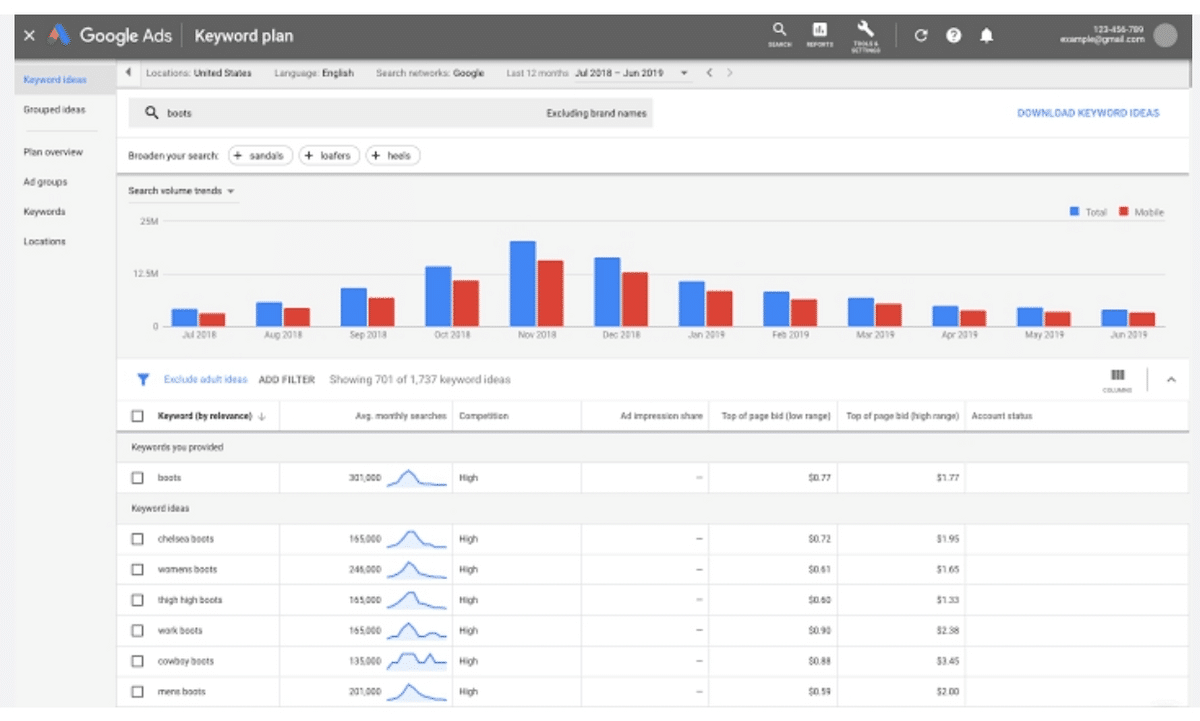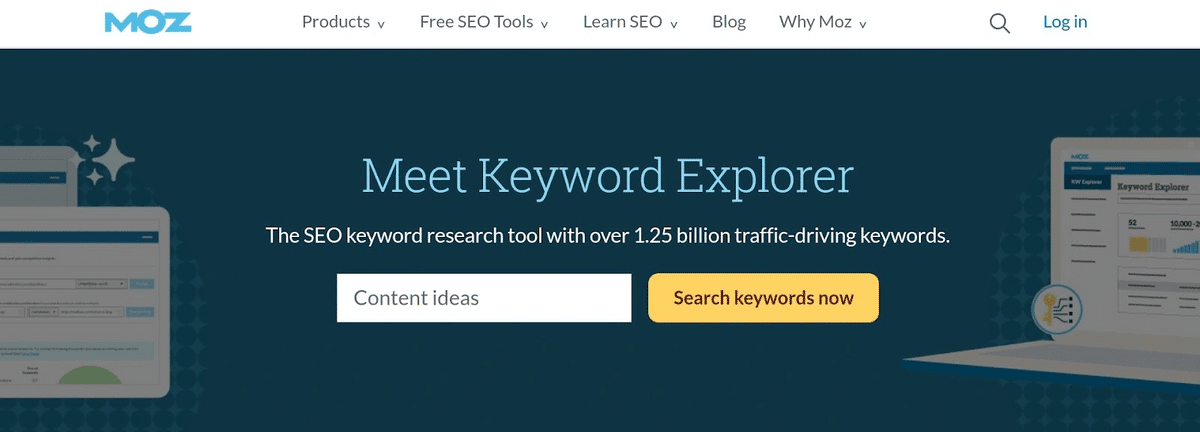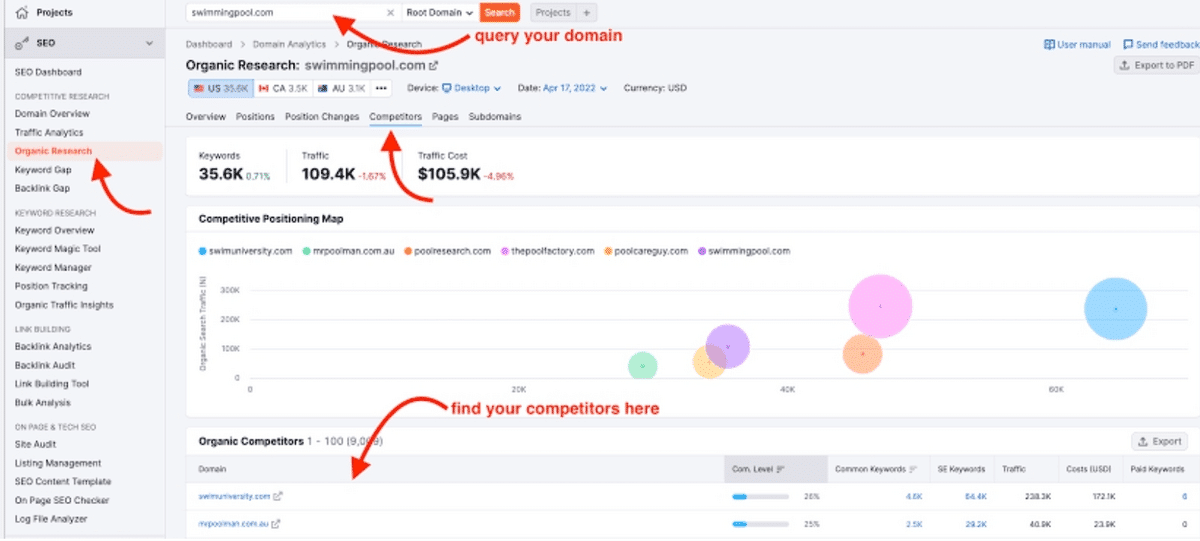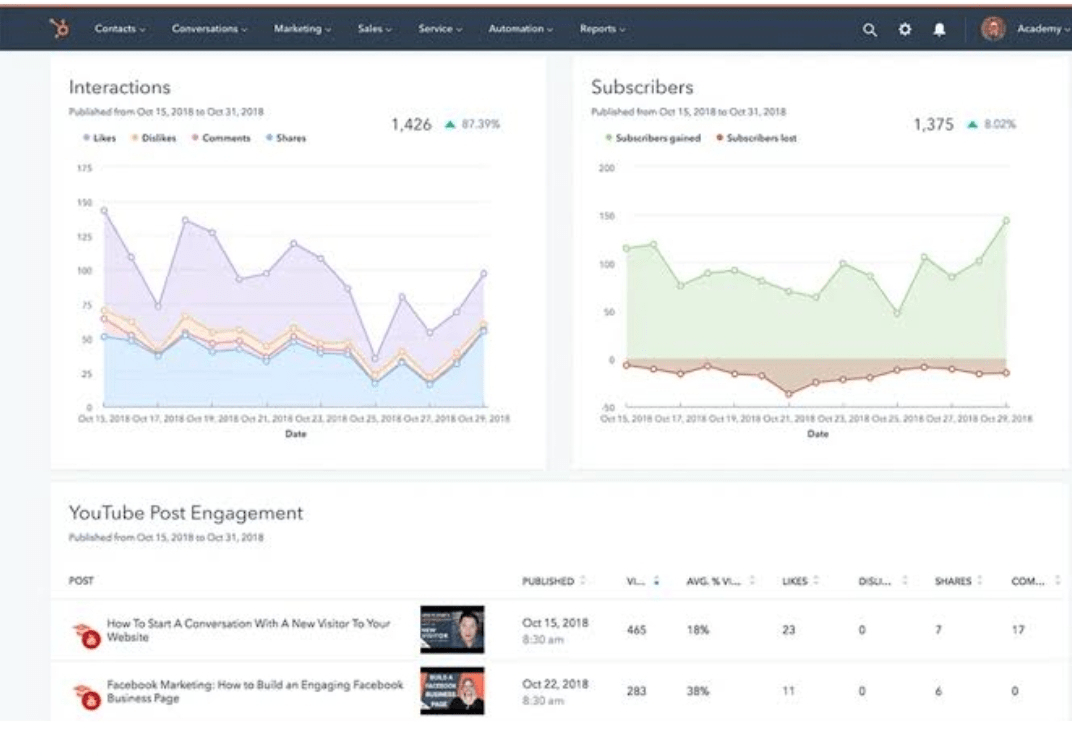Content creation is a vital part of any marketing strategy. No matter what niche or industry you occupy, your content helps to inform, educate, and engage your target audience about your company’s products, services, and overall brand.
Relevant and high-value content can do much for your business. It can help attract and retain customers, establish authority in your field, increase employees’ trust in your company culture, and improve your sales.
As a business owner, having fresh, valuable content ideas should always be at the top of your list of marketing priorities. While it may seem simple at first, gathering relevant content ideas can be grueling after a while. To help keep you going, we have created this guide for generating content ideas for any industry.
Upgrade Your Publishing Workflow
Effortlessly export your Google Docs to WordPress with just 1-click.
Get Started Today
Publish Google Docs to your blog in 1-click 
- ✅ Export in seconds (not hours)
- ✅ Less VAs, interns, employees
- ✅ Save 6-100+ hours/week
Check out Wordable now →
1. Search for trending topics in your niche.
Image Source
One of the simplest ways to gather content ideas is to follow the trending topics in your industry.
There are many ways to stay informed on current industry trends, including:
- Google Trends. Google Trends is a useful tool that provides information such as the top search queries and details about user demographics.
- Social media. Analytics from social media platforms provide insights into trends and user behavior, which you can use to improve your content.
- Influencers. You’ll find inspiration for creative and innovative content by following and engaging with influencers.
- News sites. Credible news sites are good tools for staying current on trending world topics.
- Niched platforms. Niched platforms are websites or social media platforms targeting a specific vertical and having expertise or authority in specific industries. Investigating one of these platforms could yield amazing insights if you’re interested in creating content specific to a particular niche.
2. Perform keyword research.
Image Source
Aside from analyzing what’s trending, keyword research is also an excellent way to determine which topics are trending. It helps you see what keywords your target audience is interested in.
For example, keywords such as “financial aid” may be a topic that interests your target audience, i.e., students, if you are a community college. Similarly, keywords like “venture debt financing” could be relevant to startups or businesses looking for alternative funding sources.
Tools like SE Ranking can even help you identify gaps in your content with their keyword suggestion feature. These can help you craft content ideas that are specific and targeted.
Here’s a quick step-by-step guide to performing keyword research.
Image Source
- Use research tools. Keyword research tools such as MOZ and Answer The Public provide you with popular search engine queries and keywords associated with a topic (your niche). MOZ also provides other information like search volume.
- Choose keywords based on user intent. User intent can be navigational, informational, or transactional. Research tools like Semrush will provide this information when you look up keywords. Choosing the right user intent is essential because it’ll determine two things: 1) whether Google ranks your content and 2) whether a reader stays on your site long enough to read your content or bounces. When writing content, you’ll almost always want keywords with informational intent. This means the user is looking for information For example, is Seeking Alpha reliable? – answers to questions. Navigational intent implies the user is looking for something specific, like a website or place. Transactional means the user is shopping. These searches usually target e-commerce sites.
- Create a list of keywords. Create a list of keywords. Using the data, you collect from your keyword research tool, create a list of keywords relevant to your niche/topics.
- Target low-hanging fruit. Once you have your list of keywords, use an SEO tool like Semrush or Ahrefs to trim that list down to keywords with a high search volume but low competition. These remaining keywords should be your top priority since they’re the easiest to rank for.
- Incorporate the keywords naturally in your content. When creating content, insert your identified keywords as naturally as possible. Don’t use keyword stuffing! Follow SEO best practices.
3. Check out your competition.
Competitor analysis can help you identify opportunities for your business. Below are some suggestions on how to do this.
- Research. Review competitor websites, social media, and more. For example, you can check their pages for product offerings, promos, new content, and social media posts.
- Use tools. Several tools like Semrush can analyze your competitor’s content and provide valuable information, such as which content has the most engagement, backlinks, and organic traffic.
Image Source
- Observe your competitors’ audience engagement. Research how your competitors interact with their audience by checking out forums and comments on social media. Then, use the customer feedback you find to make your content outshine your competition.
- Identify gaps. You may also use the data you gather to determine where your competitors have gaps in their content. Then you can fill in those gaps with your content ideas.
- Build your own identity. A word of warning. You want to compare and contrast – not copy. So, make sure your brand identity is always your own and always unique.
4. Use a social media listening tool.
Image Source
You’ll need to employ a social media listening tool to gain real insights into how your audience perceives your brand. These tools can help you identify negative comments about your brand so you can quickly address them. You’ll also be able to see if competitors mention your brand and in what context, so you’ll always be aware of potential news or gossip regarding your business.
For example, Hubspot offers a feature that lets you see what clients and potential customers say about your brand, products or features, and industry or field. Their Social Media Management Software supports social interaction priorities and builds connections with the right audience.
Beyond social media listening, analyzing user behavior across digital platforms can offer even deeper insights. Understanding how users interact with your content, where they engage the most, and what drives conversions can help refine your strategy and improve audience targeting.
You can also use the tool to track your competitors. Again, you can learn a lot about how your competitors perform, how the audience perceives them, and whether their content is effective. You can then use this information to develop content ideas that make you stand out.
Tracking competitors help all kinds of businesses – whether you run an e-commerce store selling a lathe or an online flower store selling custom-designed bouquets.
5. Get feedback from your audience.
Image Source
By getting feedback from your customers, you get valuable insights directly from the source, which you can use to create better and more targeted content ideas.
Here are several ways to gather feedback from your audience:
- Create surveys. One of the more direct ways of getting customer feedback is through customer satisfaction surveys. With these, you can ask your customers for their preferences, needs, and suggestions for improvements.
- Engage in social media. You can use social media posts to engage, discuss, and exchange constructive feedback with your target audience. This way, you get to know your audience on a deeper level.
- Have a Customer Success team. A key factor in achieving success is stellar customer service. Therefore, the CS team should gather feedback and listen to customer stories. Then you can translate the collected information into new content. This way, you can prevent customer churn and make sure you craft content that resonates with your target audience.
- Establish community groups. Community groups create a more intimate, trustworthy, and open relationship with your audience. By utilizing community management software like Impexium, you can ensure a seamless experience for your community groups, enabling them to provide honest feedback that can be invaluable for generating content ideas. Having a community group can also provide user-generated content. One example is creating a Facebook group to interact with customers.
6. Keep an idea journal.
Image Source
An idea journal can help you develop high-quality content by providing a central location for capturing, organizing, and reviewing your ideas. By keeping track of your ideas in one place, you can easily refer to them when you’re ready to create new content and quickly identify patterns and themes that inform your content strategy.
You can choose a medium you’re most comfortable with for your journal, such as a composition notebook or a digital app like Evernote.
Whatever you choose, a journal can help you create better content in the following ways:
- Idea capture. An idea journal allows you to capture ideas as they come to you, whether at your office work desk or on the go. That way, you can maximize your inspiration and keep all your valuable ideas.
- Idea organization. With an idea journal, you can organize your ideas by topic, theme, or type of content. This organization can help you quickly find the most relevant ideas for your current content strategy.
- Idea review. Being able to review your ideas periodically and identify patterns and themes is another benefit of an idea journal that can inform your content strategy.
- Idea tracking. An idea journal lets you track the progress of your ideas, from conception to execution. Doing this can help you identify which ideas are working and which aren’t.
7. Take inspiration from other industries.
Getting inspiration from other industries can expose you to new perspectives, ideas, and strategies. These new perspectives can help you generate fresh and unique content ideas relevant to your industry that you may not have thought of otherwise.
Here are a few ways to get inspiration from other industries to help you create better content ideas:
- New perspectives. When you observe other industries, you can gain new perspectives and ideas to apply to your industry. For example, if you are in the technology industry, you can get inspiration from industries like fashion or interior design to create visually appealing content.
- Unique ideas. Diverse industries can help you identify unique ideas and strategies that you can adapt to your industry. For instance, if you are in the food industry, you can take inspiration from the travel industry to create content highlighting different cuisines worldwide.
- Trends and innovations. Different industries can provide information about the latest trends and innovations and help you identify opportunities to create content that aligns with these trends.
- Audience engagement. You can also identify ways to engage your audience in new and unique ways when you look at other industries. For example, if you are in the finance industry, you can get inspiration from the entertainment industry to create interactive and engaging content.
8. Stay current on industry news and events
Being aware of industry news can help you develop better content ideas by informing you about your industry’s latest trends, innovations, and developments. Additionally, staying current can help you create more engaging, relevant, and timely content that impacts your target audience. In this process, you should consider using a newsroom CMS which will allow a more seamless process of creating and publishing your news content.
Here’s how staying aware of industry news can help you develop better content ideas:
- Timeliness. Industry news can help you stay informed about the latest developments, events, and trends, which can help you create timely and relevant content that aligns with current events. Moreover, you can use this opportunity to plan events yourself specifically in your brand niche and generate your own original content.
- Relevance. By keeping up with industry news, you’ll always have access to the latest trends, innovations, and industry developments, which can help you create more relevant content that aligns with your target audience’s interests.
- Innovation. Industry news can also help you identify new trends, technologies, and innovations that inspire unique content ideas.
- Differentiation. By being aware of industry news, you can also identify opportunities to differentiate your content from your competitors by creating content that covers topics your competitors aren’t addressing.
- Audience engagement. By being aware of industry news, you can identify new and unique ways to engage your audience by creating content that features the latest topics of discussion.
Content creation is vital in today’s marketing strategy. Content ideas should always be fresh and relevant while speaking to your audience.
Armed with the right marketing tools and consistently fresh content ideas, your brand and your business will be sure to stay ahead of the competition.








